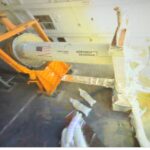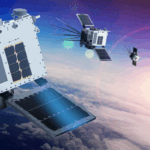
NATIONAL HARBOR, Md.--In the past, the U.S. Air Force has estimated a unit cost of several hundred million dollars for the manned Next Generation Air Dominance Fighter (NGAD), but Air Force Secretary Frank Kendall said on Monday that he is targeting a unit cost of the Lockheed Martin [LMT] F-35 or lower. The unit cost of the F-35 ranges between $80 million and $90 million, depending on the military service variant and lot number. "We haven't set a [manned NGAD…














